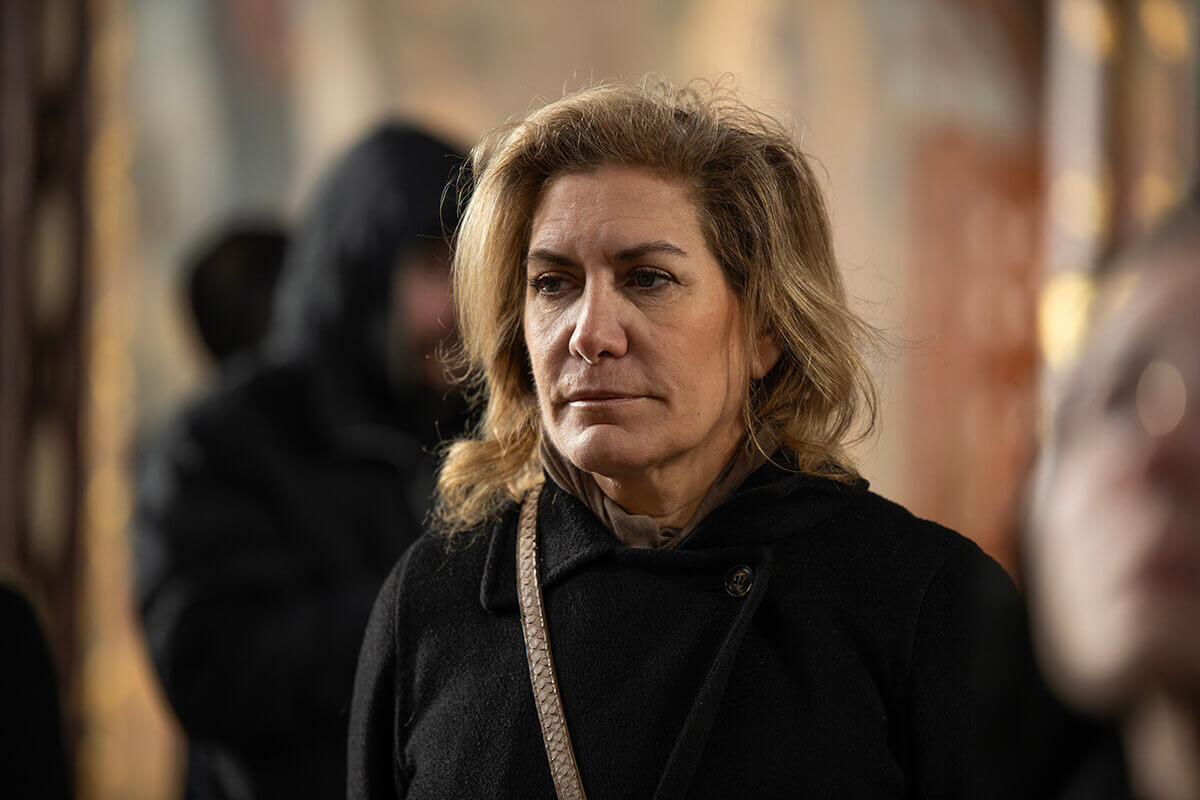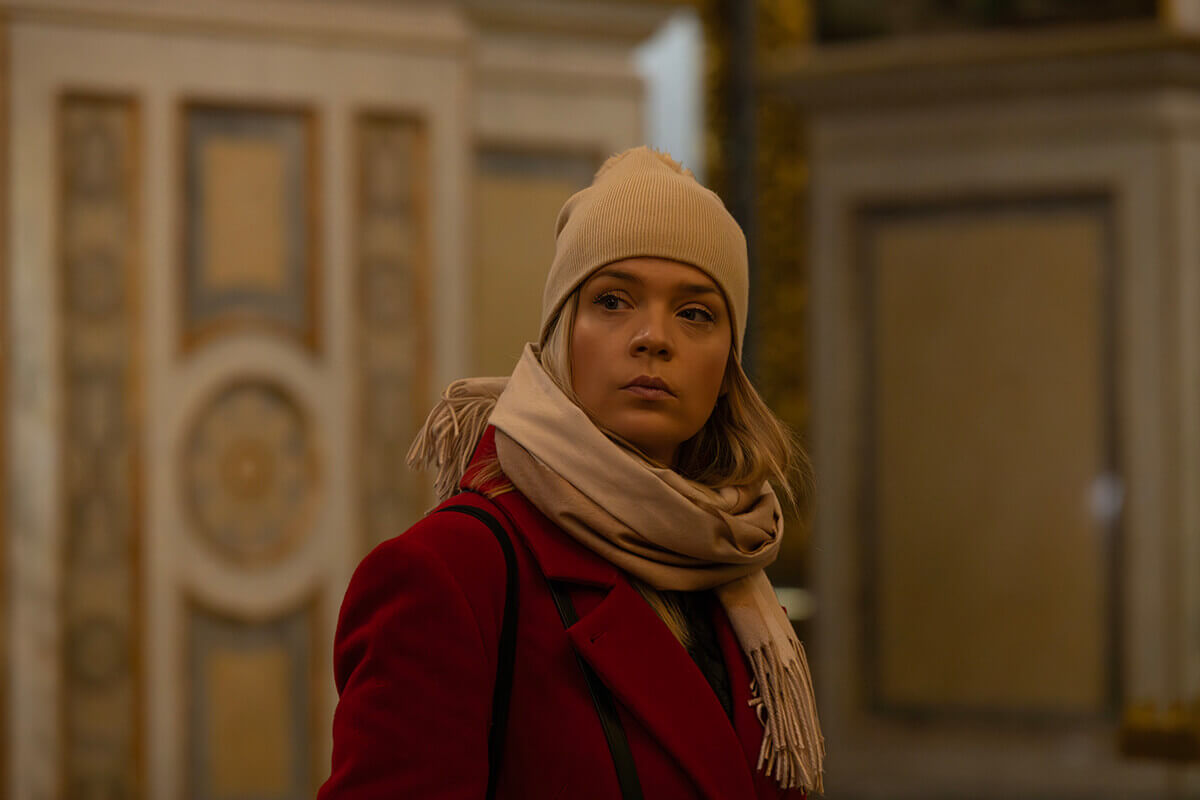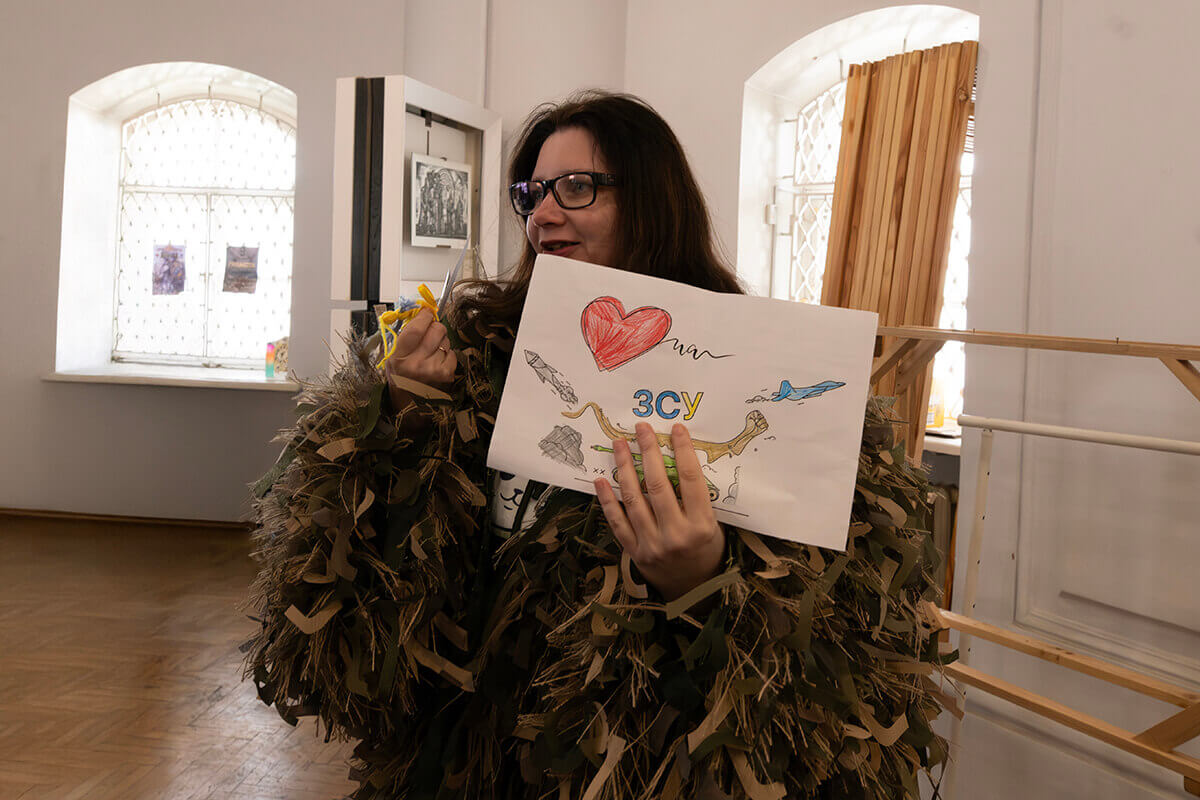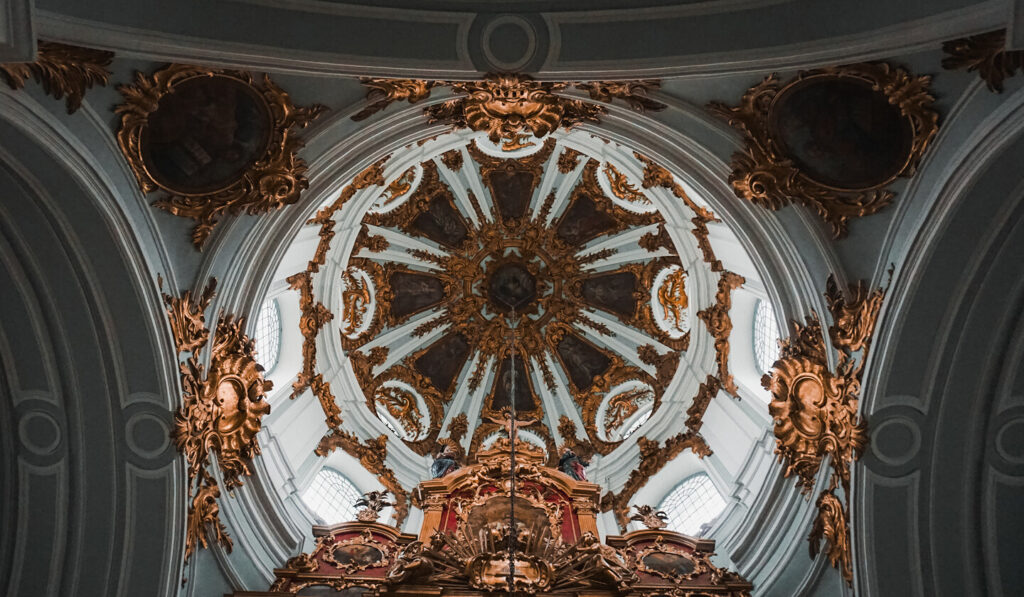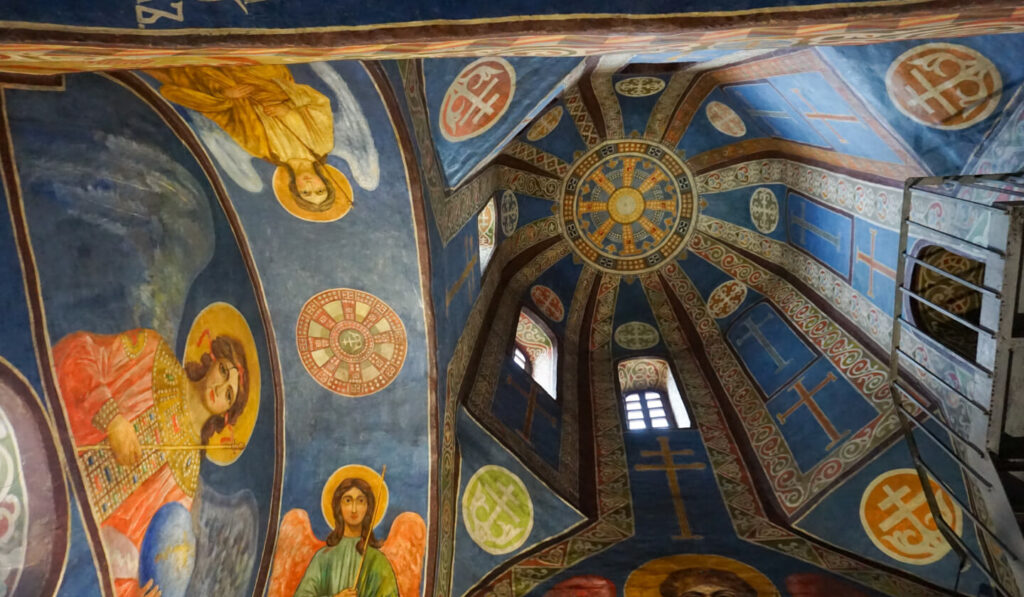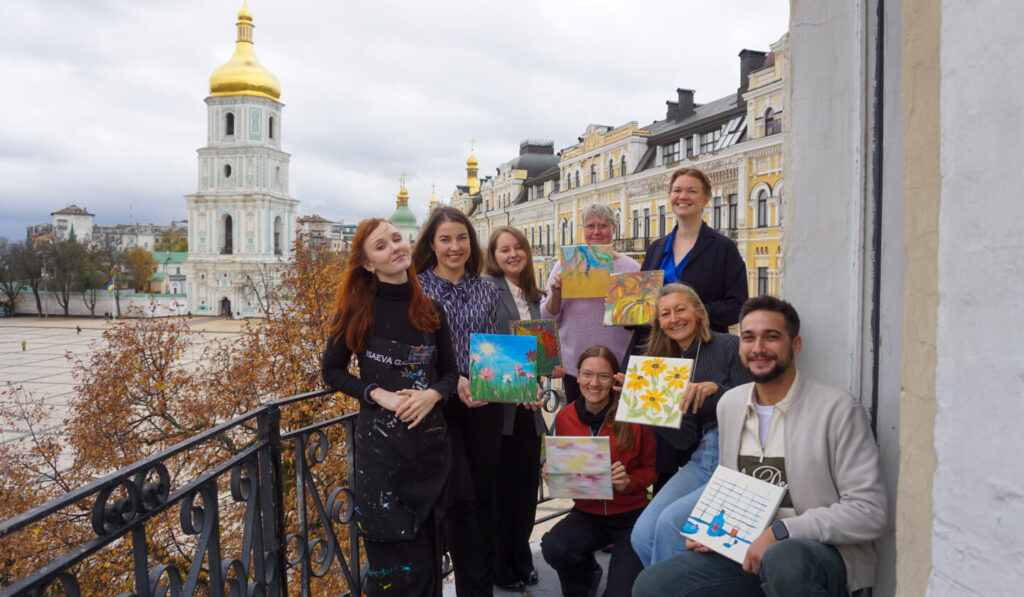On Friday, 28 February 2025, with the organisational support of the Directorate-General for Rendering Services to Diplomatic Missions, representatives of the Ukrainian Diplomatic Spouses Association, the Centre for Public Diplomacy (headed by Tetiana Sybiha) of the Diplomatic Academy of Ukraine, and the foreign diplomatic corps, including Deputy Head of Mission of Pakistan with her daughter and wives of Ambassadors Extraordinary and Plenipotentiary of Austria, Italy, Mexico, Moldova, and Romania went on an exploratory visit to the National Reserve ‘Kyiv-Pechersk Lavra’.
Throughout the visit, the participants visited the reserve’s places of high historical and cultural interest. At the beginning of the journey, distinguished guests visited the Church of All Saints, which was built in 1696–98 as a typical cross-in-square five-domed wooden Ukrainian church funded by Hetman Ivan Mazepa. The temple’s northern façade features the hetman’s family crest, which was restored in 1996. The temple is dedicated to the holiday celebrated on the first Sunday after Pentecost. The Church’s architecture and interior are extraordinarily impressive. Notably, the building attracted the attention of Ukrainian poet and painter Taras Shevchenko, who created sketches of the temple in 1846.
Afterwards, the guests visited the reserve’s first stone temple, the Dormition Cathedral, which once served as a burial site for outstanding historical individuals. For centuries, the cathedral was among the most venerated sanctuaries of Orthodox Christianity. Its construction began in 1073 during an official ceremony involving Saint Theodosius of Kyiv and all of the Lavra’s monks. Prince Sviatoslav not only granted the land for construction and a thousand hryvnia in gold but personally dug a ditch for the temple’s foundation. During the visit to the cathedral, the guests learned about the history of its construction and destruction and restoration of the interior and admired the golden cupola of the restored Dormition Cathedral, which completed the composition of the Temple Square, restoring the balance of the architectural complex of the upper territory of the Kyiv-Pechersk Lavra.
Next, the participants entered the Refectory Church of Saint Anthony and Theodosius — the most recently constructed building of the Kyiv-Pechersk Lavra. Distinguished guests learned about the history of the original Refectory, which was created in 1108 and subsequently critically damaged, the second stone Refectory built in 1694, and the final building, constructed in 1895 to the design of architect Vladimir Nikolaev, which survived to this day. The Refectory and the adjourning church are decorated with ornamental reliefs and covered with polychrome paintings. The Church of Saint Anthony and Theodosius were sanctified on 13 August 1895. Today, the temple preserves the Icon of Andrew the Apostle with a share of the saint’s relics and one of the ancient lists of the Icon of the Dormition of the Mother of God.
The highlight of the cultural promenade was a tour of the exhibition entitled The Revived Universe timed to the 100-year anniversary of the Restoration Workshop of the Lavra Museum. The exhibition includes more than a hundred unique works of art from the 17th–20th centuries, including old Ukrainian icons, crosses, church items, liturgical cloths, and old printed books. The participants learned about the history of the creation of the Restoration Workshop of the Lavra Museum, which became Kyiv’s first professional studio for restoring museum pieces through the tireless efforts of such prominent restorers as Olha Bilska, Mykola Kasperovych, Kostiantyn Krzheminskyi, Kost Moshchenskyi, Davyd Trypilskyi, etc. The visiting group was impressed by their interaction with the restorers and their accounts of the development of scientific restoration and enjoyed viewing the exhibition, which covers the best traditions of the museum restoration business.
The journey across the main temples and the Restoration Workshop was finalised with group photos. Afterwards, the participants learned about the volunteering efforts of the Pecherski Kotyky community, which focuses on helping people with reduced mobility who live in the district by providing them with food kits and delivering lunches, crafting ghillie suits for the military, and seasonally, making trench candles.




